Description
Caring for your Elephant Ear Plant
Alocasias, commonly known as Elephant Ears, are prized for their striking foliage and dramatic presence. Originating from the tropical and subtropical regions of Asia and Eastern Australia, these plants are a favorite among houseplant enthusiasts and landscape gardeners alike. With over 70 species, Alocasias offer a variety of leaf shapes, sizes, and colors, making them a versatile addition to any plant collection. Here’s an in-depth care guide to help you cultivate and maintain healthy, vibrant Alocasias.
Light
Alocasias thrive in bright, indirect light. They can tolerate some direct morning sunlight but should be protected from the harsh afternoon sun, which can scorch their leaves. Insufficient light may lead to leggy growth and diminished leaf coloration. If you’re growing Alocasias indoors, place them near a window where they can receive filtered light, or use sheer curtains to diffuse the sunlight.
Water
Proper watering is crucial for Alocasias. They prefer consistently moist soil but are susceptible to root rot if overwatered. During the growing season (spring and summer), water your Alocasia thoroughly when the top inch of soil feels dry. In the dormant period (fall and winter), reduce watering frequency, allowing the soil to dry out slightly between waterings. Always use a well-draining potting mix to prevent water from sitting in the roots.
Alocasias are native to humid environments and thus require high humidity levels to thrive. Aim for a humidity level of 60-80%. If the air in your home is dry, especially during winter months, use a humidifier or place a humidity tray near your plant. Grouping plants together can also help create a more humid microenvironment. Regular misting can be beneficial, but ensure that the leaves dry out quickly to prevent fungal issues.
Temperature
These tropical plants prefer warm temperatures between 65°F and 80°F (18°C to 27°C). They are sensitive to cold drafts and sudden temperature changes. Avoid placing your Alocasia near air conditioning vents, heaters, or drafty windows. During winter, keep them in a warm room and away from frosty conditions.
Soil
A well-draining, rich soil mix is ideal for Alocasias. You can use a standard potting mix with added perlite or orchid bark to enhance drainage. During the growing season, feed your Alocasia with a balanced, water-soluble fertilizer every 2-4 weeks. Dilute the fertilizer to half the recommended strength to avoid over-fertilizing, which can cause leaf burn. Reduce feeding during the dormant period as the plant’s growth slows down.
Repotting
Alocasias generally need to be repotted every 1-2 years or when they outgrow their current pot. The best time to repot is in spring, just before the growing season begins. Choose a pot that is one size larger than the current one, ensuring it has drainage holes. Gently remove the plant from its pot, loosen the root ball, and place it in the new pot with fresh potting mix.
Pruning and Maintenance
Regularly inspect your Alocasia for yellowing or damaged leaves, and trim them off to encourage healthy growth. Cleaning the leaves with a damp cloth can help maintain their glossy appearance and ensure efficient photosynthesis. Be cautious of pests such as spider mites, aphids, and mealybugs, which can be a common issue. If you notice any infestations, treat the plant with insecticidal soap or neem oil.
Propagation
Alocasias can be propagated through division. When repotting, you may notice offsets or tubers around the base of the plant. Carefully separate these from the main plant, ensuring each division has roots attached. Plant the divisions in separate pots with well-draining soil and water them thoroughly. Keep the new plants in a warm, humid environment to encourage root development.
Note: :It’s important to note that Alocasias are toxic to pets and humans if ingested. The plant contains calcium oxalate crystals, which can cause irritation and swelling of the mouth, throat, and digestive tract. Always keep Alocasias out of reach of children and pets, and wear gloves when handling the plant if you have sensitive skin.

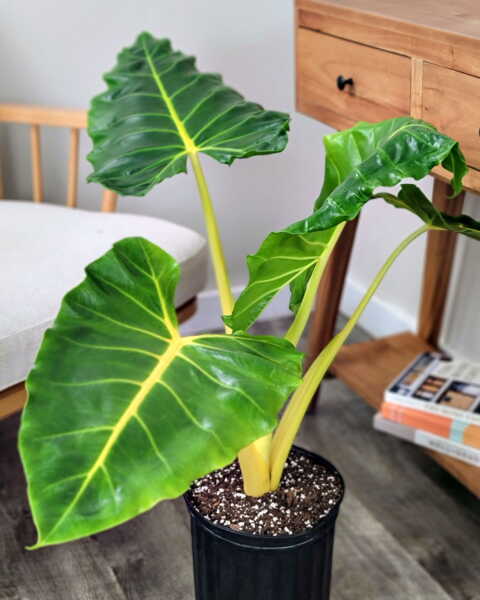
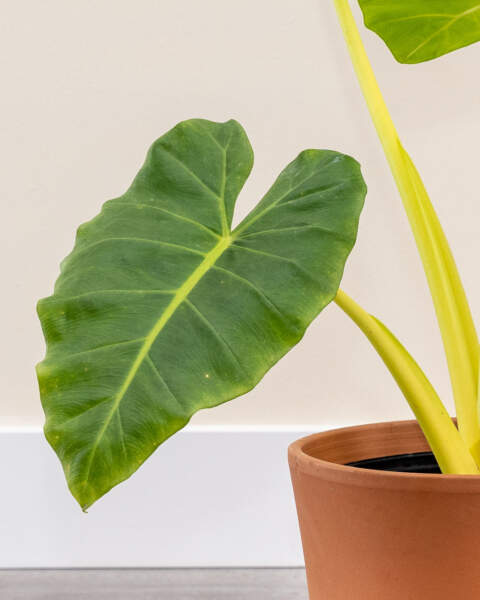
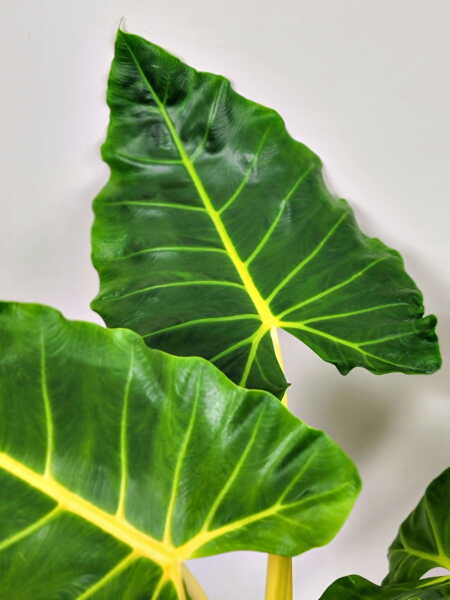

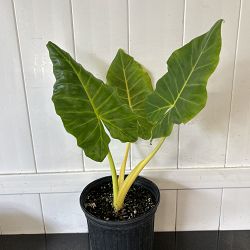
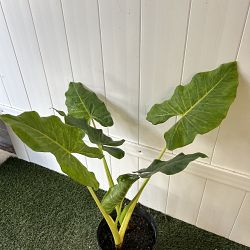
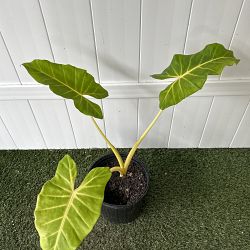



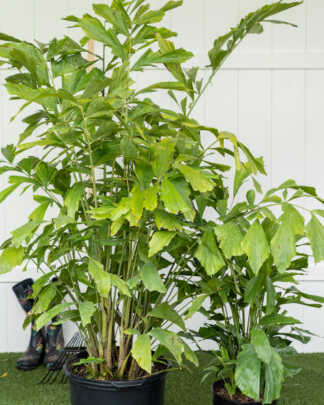
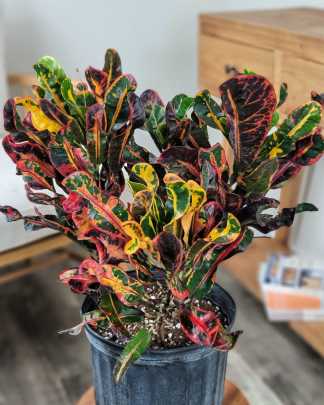
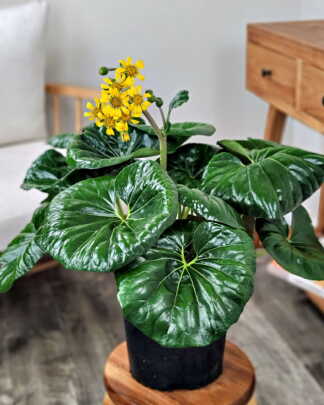
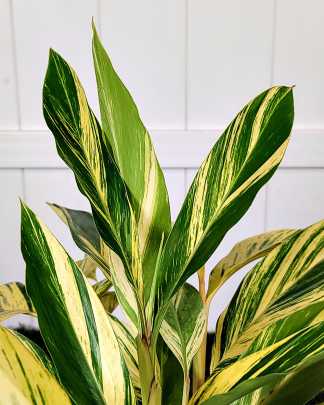
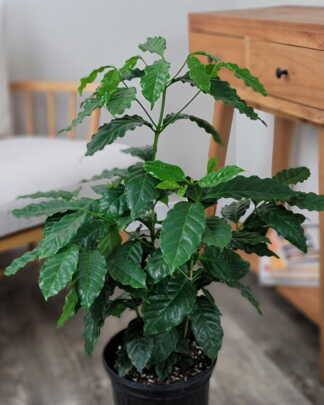


Francis Butler (verified owner) –
Alice L. (verified owner) –
Beautiful plant!! Very pleased with this one.
Savannah (verified owner) –
It came but all leafs died except 1 lma bit disappointed about that for price but still a good shop.
Sylvia (verified owner) –
WOW!!! This plant is beautiful!! I was hesitant to order because this plant is so hard to find and the price was definitely lower than other places. It arrived in perfect condition….so well packaged! It was larger than expected! I collect rare tropicals and have a lot of experience with on line ordering and have to say this has been my best experience so far!! Kudos to plant Vine!!!
Kevin (verified owner) –
I was very skeptical of this website at first because the price for this – seemingly impossible-to-find – plant was so low. I’ve also had mixed experiences with Bloomscape but I must say – the packaging, shipping updates, and plant itself was everything i could have hoped for. I will be buying from this website again!
Marcia (verified owner) –
How do you winterize the Alocasia Macrorrhiza Lutea